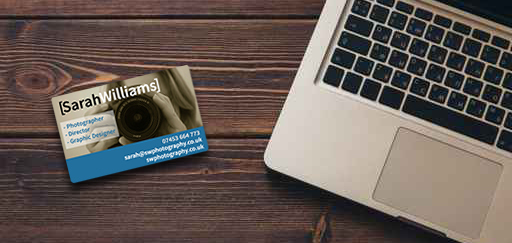The business world has seen many advances in innovation and technology, but there is an offline business accessory that has survived, despite the creation of its digital equivalents – the business card. Although it is simplistic in nature, it has been cementing working relationships and creating business opportunities since the 17th Century!
It’s always best to ensure you are prepared when meeting prospective clients; carrying several well-designed and high-quality business cards can go a long way to creating a professional first impression.
The concept may be straightforward, but it is not unheard of for people to make common mistakes that can render networking efforts fruitless. To avoid this, we’ve prepared a few tips to help you get it right:
1. Don’t DIY design
Not a graphic designer? Don’t attempt to design your own business cards. WordArt can look amateur and won’t represent your brand in the best way, and we certainly don’t recommend that you try to use Photoshop without knowing how to use it. Be sure the card features a bold font with imagery that depicts the businesses’ brand identity.
2. Keep it short and sweet
Only include essential information and avoid the urge of cramming in every reason the recipient should do business with you. We recommend including your name, company, position in the company, email address, phone number, website, and any relevant social media accounts. Feel free also to include a company strapline or an overview of the products and services you offer.
3. Don’t be afraid to stand out
In creative industries particularly, you shouldn’t be afraid of standing out and injecting your personality into your card. Looking for something more subtle? Stand out without being too over-the-top by putting a design on both sides of the card or by changing the orientation.
4. Keep it clean
Your business card is a reflection on you; you need to make sure the card you’re presenting is clean and unwrinkled. To avoid this, you could invest in a business card holder which should keep them in order. Alternatively, you could invest in plastic business cards which are much less expensive than you would think and are sure to stay presentable in a wallet, pocket or briefcase.
5. Don’t forget to follow up
It may sound simple, but if you are exchanging business cards, be sure to make use of the new contact and not banish it to your wallet to be forgotten. Follow up on your initial conversation with an email or send a LinkedIn request. Of course, the premise of the business card is to open up communication and to encourage new prospects – don’t forget to maximise the potential of your new ventures.

